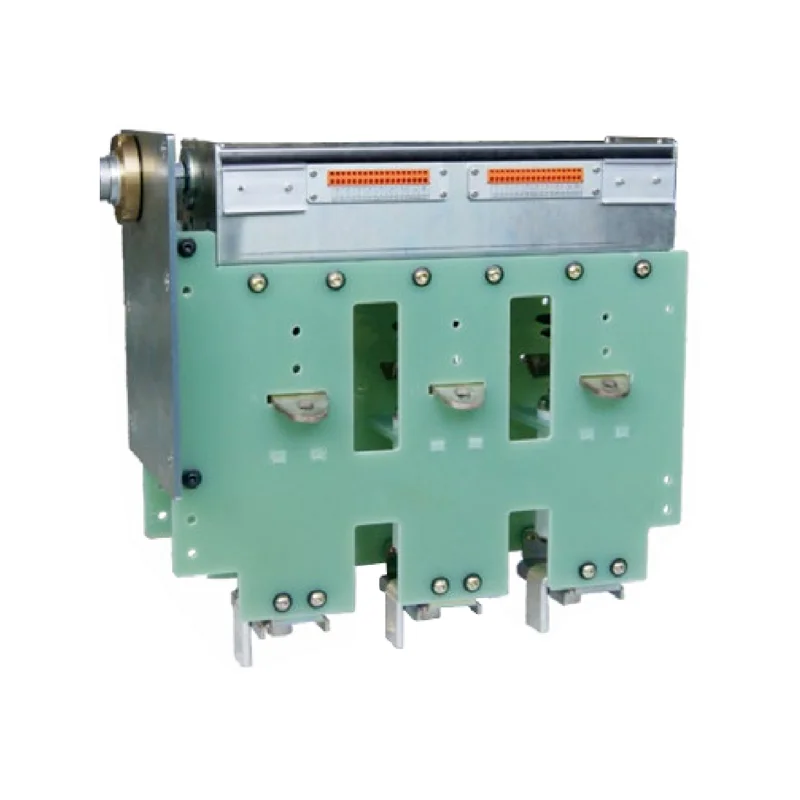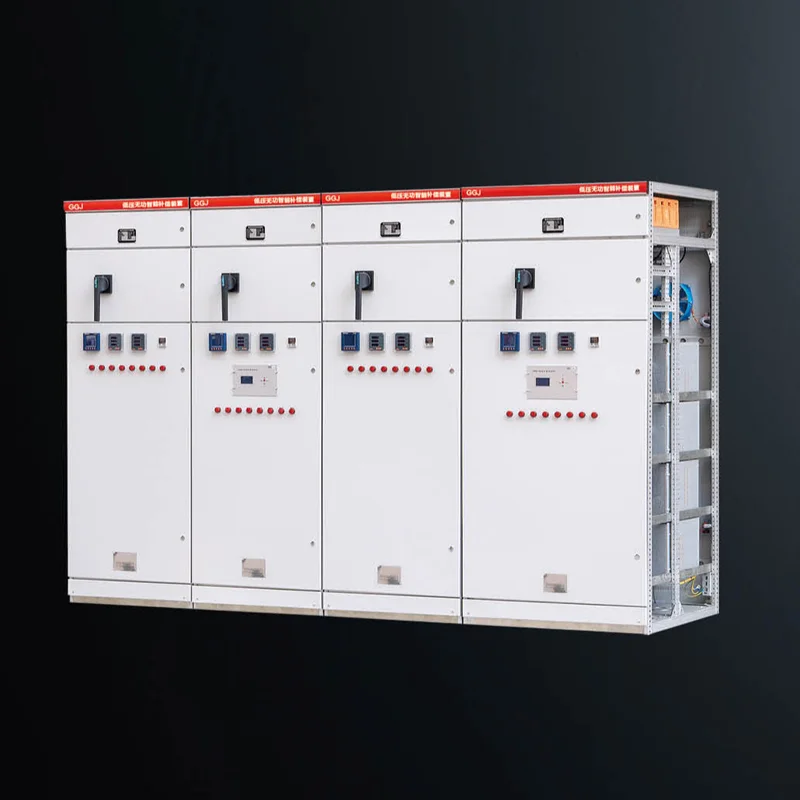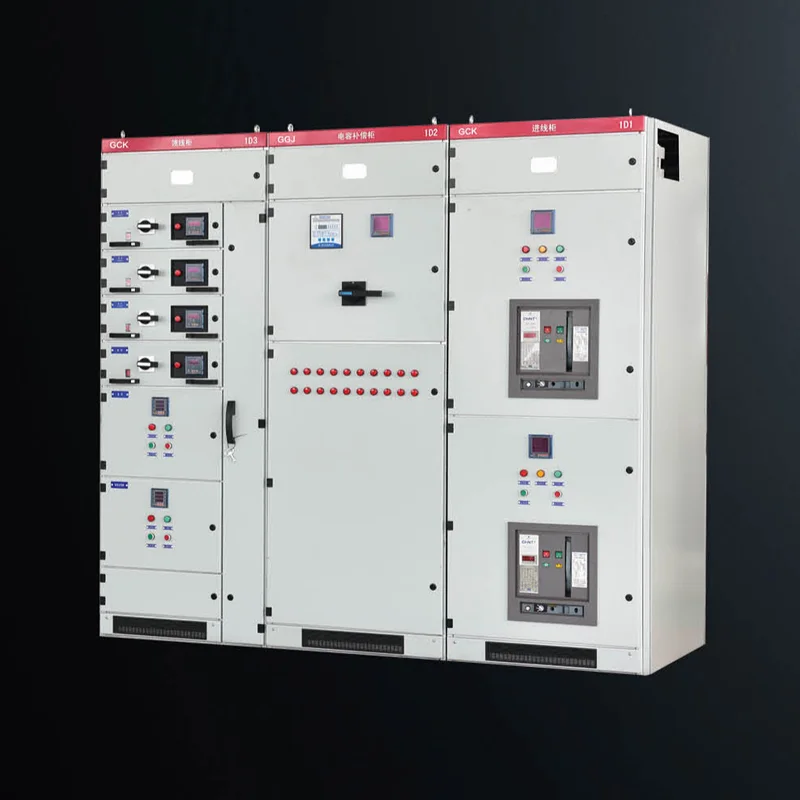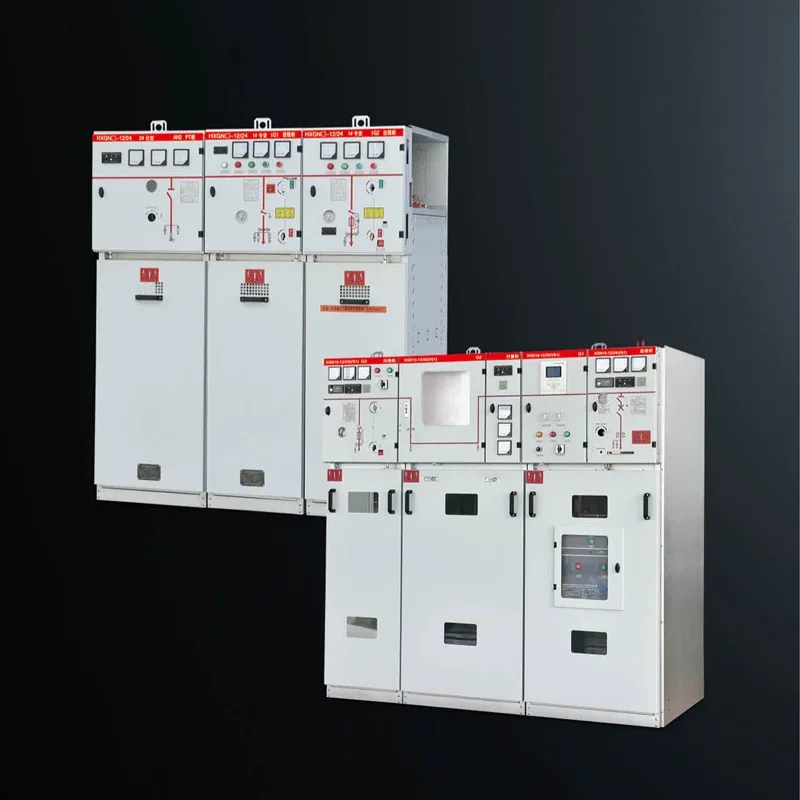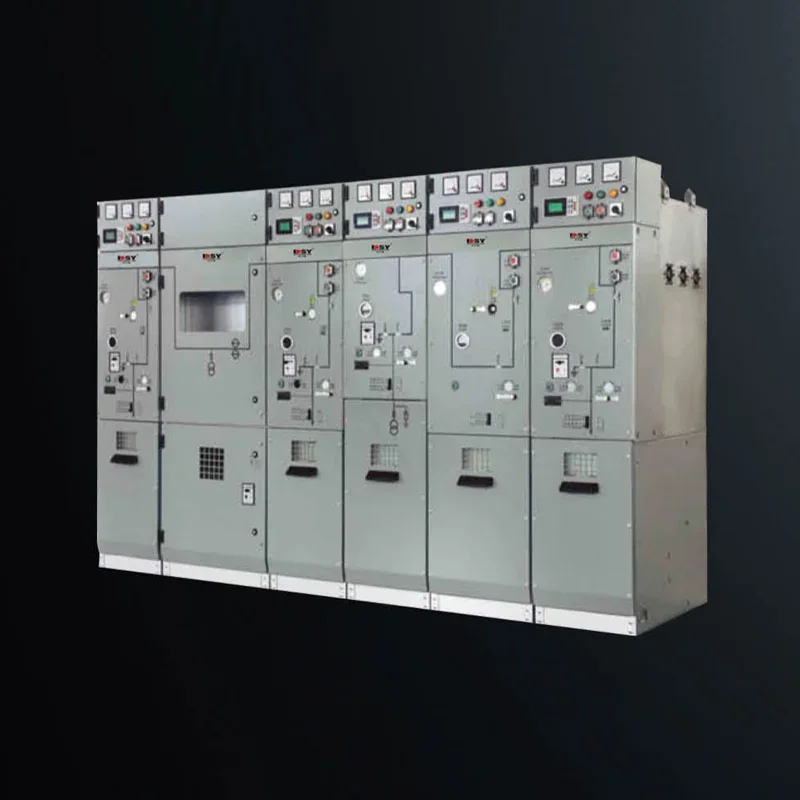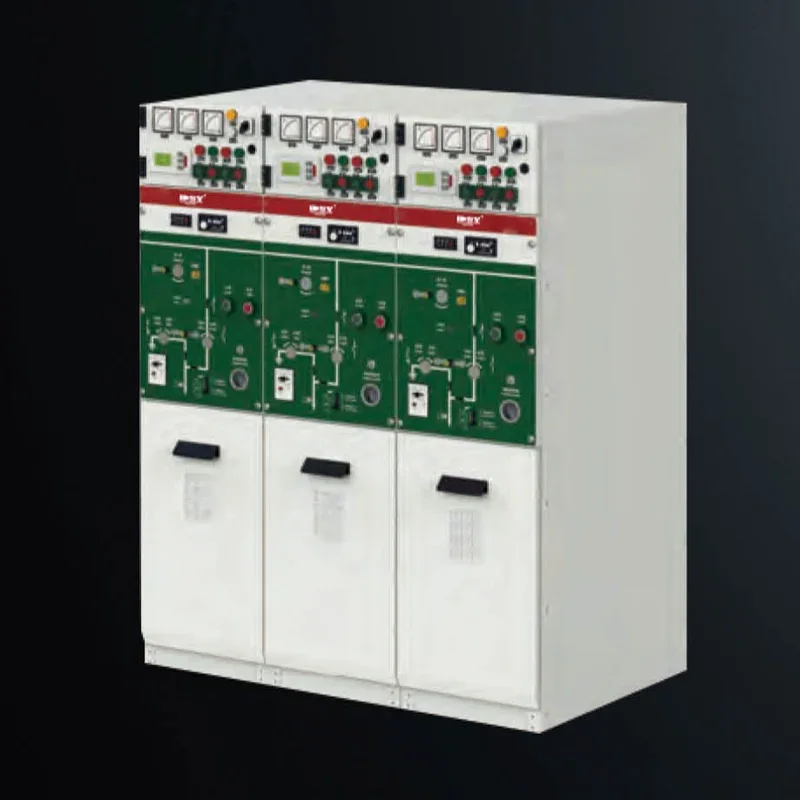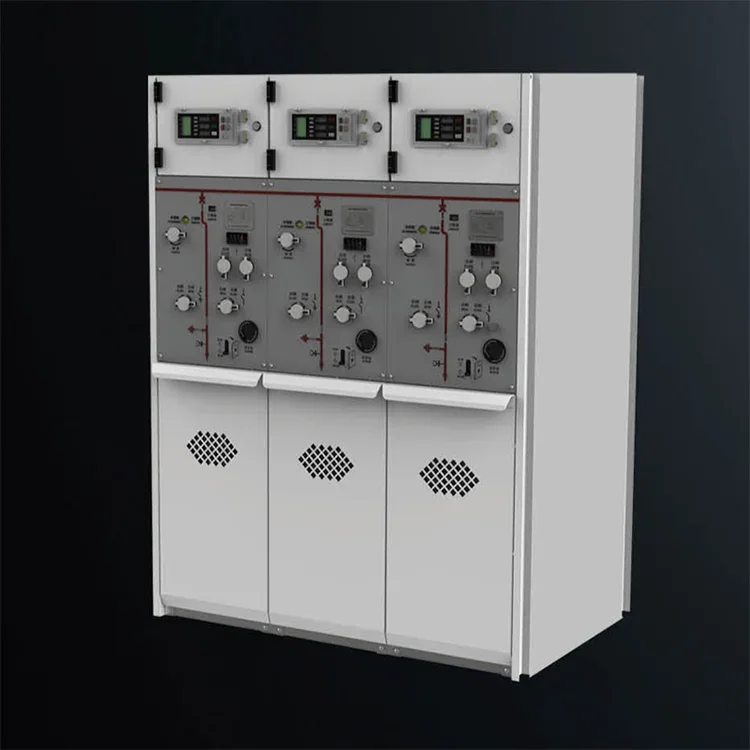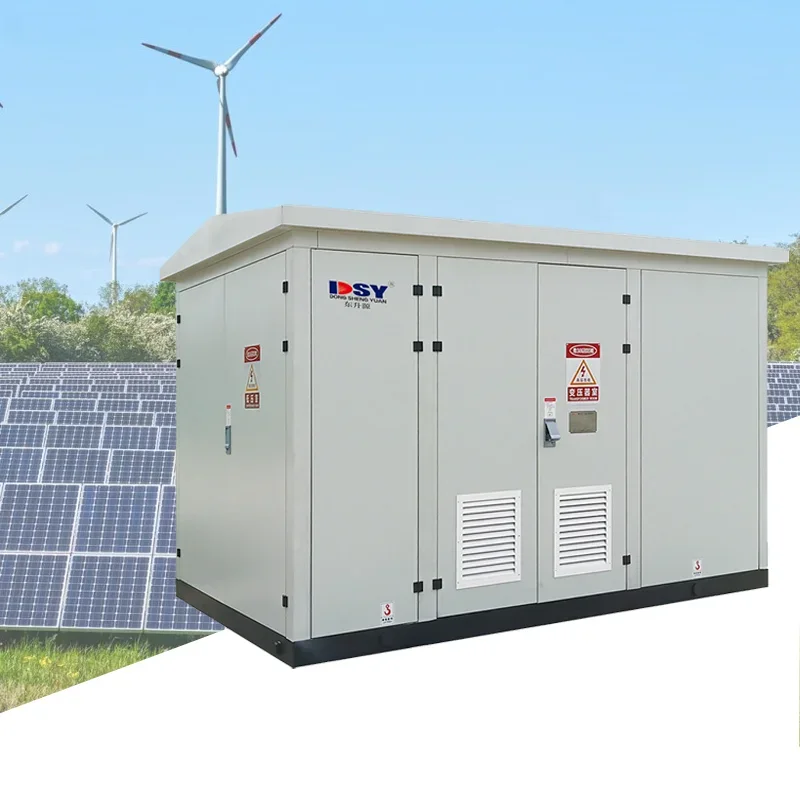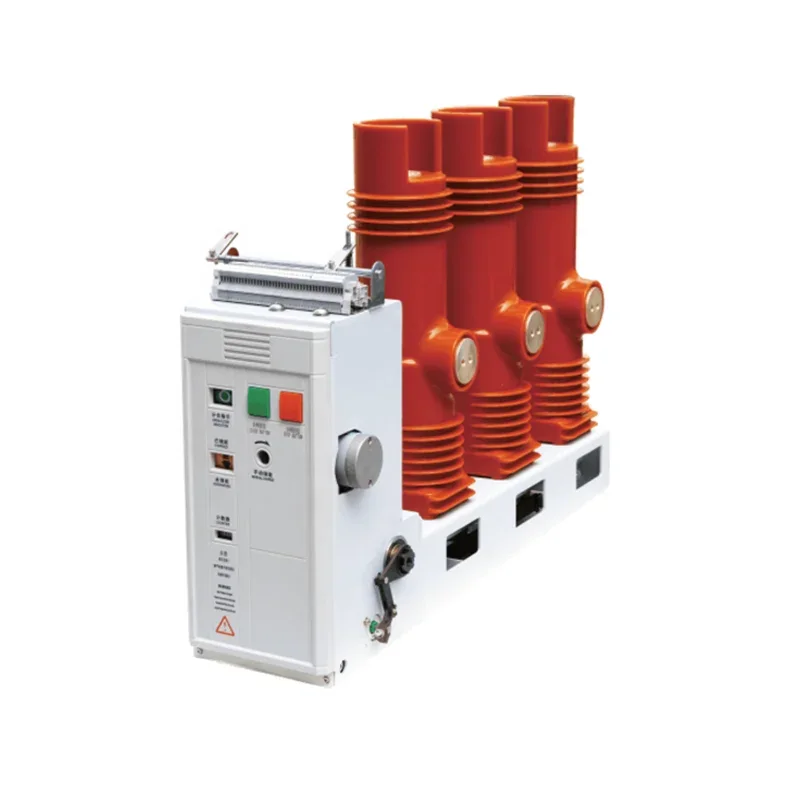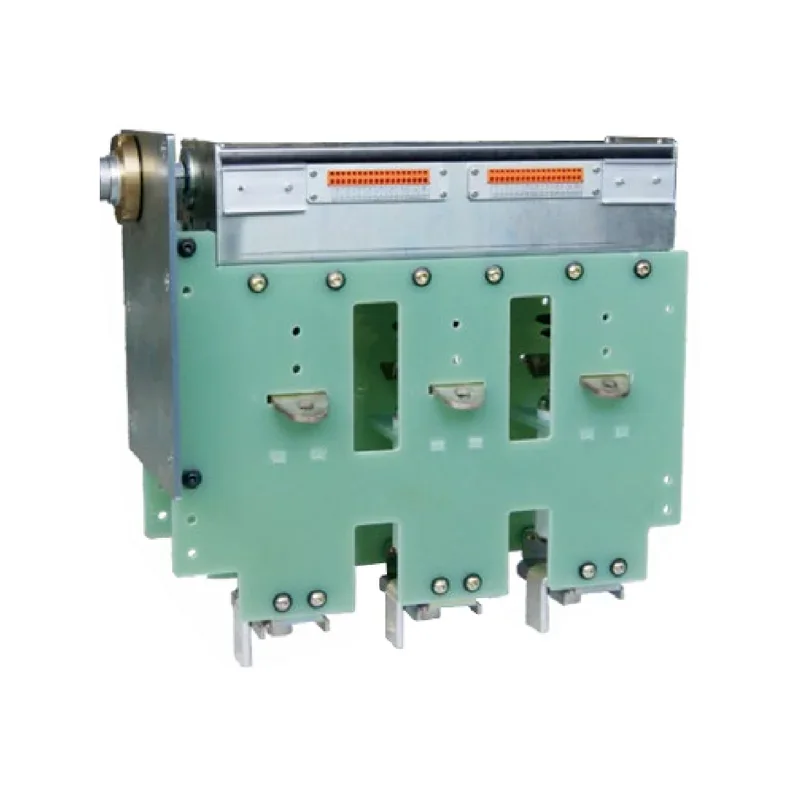Unlocking the Power of Electrical Components: A Comprehensive Guide to Electromagnetic Devices and Permanent Magnets
Unlocking the Power of Electrical Components: A Comprehensive Guide Table of Contents 1. Introduction to Electrical Components 2. Importance of Electromagnetic Devices in Modern Technology 3. Types of Electromagnetic Devices and Their Functions 4. Understanding Permanent Magnets: Types and Applications 5. Applications of Electrical Components in Various Industries 6. The Future of Ele
Jun 04,2025
Unlocking the Power of Electrical Components: A Comprehensive Guide
Table of Contents
- 1. Introduction to Electrical Components
- 2. Importance of Electromagnetic Devices in Modern Technology
- 3. Types of Electromagnetic Devices and Their Functions
- 4. Understanding Permanent Magnets: Types and Applications
- 5. Applications of Electrical Components in Various Industries
- 6. The Future of Electrical Components: Innovations and Trends
- 7. Choosing the Right Electrical Components for Your Project
- 8. Conclusion
- 9. Frequently Asked Questions
1. Introduction to Electrical Components
Electrical components form the backbone of modern technology, enabling the functioning of everything from household appliances to advanced industrial machinery. Among these components, **electromagnetic devices** and **permanent magnets** play crucial roles. Understanding their properties, functionalities, and applications is essential for engineers and technology enthusiasts alike.
In this guide, we will explore the various types of electrical components, their significance in different industries, and the innovations shaping the future of electromagnetic and magnetic technology.
2. Importance of Electromagnetic Devices in Modern Technology
Electromagnetic devices convert electrical energy into mechanical energy, or vice versa, playing a pivotal role in countless applications. They are integral to various systems, including:
- **Motors**: Used in appliances, electric vehicles, and industrial equipment.
- **Transformers**: Essential for power distribution and voltage regulation.
- **Inductors**: Key components in electronic circuits, filtering signals and storing energy.
By harnessing electromagnetic principles, these devices enable efficient energy transfer and control, thereby enhancing the performance of various technologies.
3. Types of Electromagnetic Devices and Their Functions
There are several types of electromagnetic devices, each serving specific functions. Below we outline some of the most common:
3.1 Electromagnets
Electromagnets are created by winding a coil of wire around a ferromagnetic core and passing an electric current through it. These devices can be turned on and off, making them versatile for applications such as:
- **Magnetic cranes** for lifting heavy metal objects.
- **Electric relays** that control circuits.
3.2 Electric Motors
Electric motors convert electrical energy into mechanical energy. They are categorized into different types, such as:
- **DC motors**, which provide excellent speed control.
- **AC motors**, commonly used in industrial applications due to their reliability.
3.3 Solenoids
Solenoids are coils of wire that produce a magnetic field when current flows through them. They are widely used in:
- **Automated valves** in plumbing systems.
- **Locking mechanisms** in security systems.
3.4 Transformers
Transformers are crucial for voltage regulation in electrical systems. They work on the principle of electromagnetic induction to step up or step down voltage levels for efficient power distribution.
4. Understanding Permanent Magnets: Types and Applications
Permanent magnets are materials that maintain a persistent magnetic field without the need for an external power source. They find applications in various fields, including motors, speakers, and magnetic separators. The main types of permanent magnets include:
4.1 Neodymium Magnets
These are the strongest permanent magnets available today and are widely used in:
- **Hard disk drives** in computers.
- **Electric vehicle motors**, enhancing efficiency.
4.2 Ferrite Magnets
Ferrite magnets are made from a mixture of iron oxide and other metals. They are cost-effective and commonly found in:
- **Speakers** and **microphones**.
- **Toys** and **crafts**.
4.3 Alnico Magnets
Alnico magnets are composed of aluminum, nickel, and cobalt. They are known for their high-temperature stability and are used in:
- **Electric guitar pickups**.
- **Industrial sensors**.
5. Applications of Electrical Components in Various Industries
Electrical components are integral to numerous industries, providing solutions to complex challenges. Here are some key applications:
5.1 Consumer Electronics
From smartphones to home appliances, electrical components are vital in enhancing functionality and user experience. Electromagnetic devices facilitate efficient energy consumption and performance.
5.2 Automotive Industry
The automotive sector relies heavily on electrical components for electric vehicles and advanced driver-assistance systems (ADAS). Permanent magnets are essential in motors and sensors, contributing to vehicle efficiency and safety.
5.4 Renewable Energy
Electrical components play a significant role in harnessing renewable energy sources. Wind turbines and solar inverters utilize electromagnetic devices to convert energy effectively, promoting sustainability.
5.5 Robotics
In robotics, electrical components are crucial for motion control and sensing. Electromagnetic devices enable precise movements and interactions, paving the way for advanced robotic applications.
6. The Future of Electrical Components: Innovations and Trends
The electrical component industry is witnessing rapid advancements, driven by technology and innovation. Key trends include:
6.1 Miniaturization
As technology advances, there is a growing trend towards miniaturizing electrical components. Smaller devices allow for more compact and efficient products, particularly in consumer electronics and medical devices.
6.2 Smart Technologies
The rise of the Internet of Things (IoT) is leading to the development of smart electrical components. These devices are equipped with sensors and connectivity, enabling smarter automation and control.
6.3 Sustainable Materials
The industry is focusing on sustainable materials for electrical components. Innovations in material science are leading to the creation of more environmentally friendly permanent magnets and electromagnetic devices.
7. Choosing the Right Electrical Components for Your Project
Selecting the right electrical components is critical for the success of any project. Here are some factors to consider:
7.1 Application Requirements
Determine the specific requirements of your project. Different applications necessitate different types of components based on power, size, and efficiency.
7.2 Cost Considerations
Budget constraints often influence component selection. While high-performance components may be more expensive, they can lead to long-term savings through improved efficiency and durability.
7.3 Supplier Reliability
Choosing reputable suppliers ensures quality and reliability of components. Research potential suppliers and consider their track record, customer reviews, and warranties.
8. Conclusion
Understanding electrical components, particularly electromagnetic devices and permanent magnets, is essential for navigating the modern technological landscape. These components not only enable countless applications across various industries, but they also drive innovation and sustainability.
As technology continues to evolve, staying informed about the latest advancements and trends in electrical components will empower engineers, designers, and enthusiasts to make informed decisions and harness the potential of these vital technologies.
9. Frequently Asked Questions
9.1 What are electrical components?
Electrical components are basic devices that manage electrical energy in electronic circuits. They include resistors, capacitors, inductors, and various types of switches and connectors.
9.2 How do electromagnetic devices work?
Electromagnetic devices work by converting electrical energy into mechanical energy (or vice versa) through electromagnetic fields generated by electric currents.
9.3 What are the differences between permanent magnets and electromagnets?
Permanent magnets maintain a constant magnetic field, while electromagnets produce a magnetic field only when an electric current passes through them. Permanent magnets do not require power, whereas electromagnets do.
9.4 What industries rely on electrical components?
Numerous industries rely on electrical components, including consumer electronics, automotive, renewable energy, telecommunications, and robotics.
9.5 How can I choose the right electrical components for my project?
To choose the right components, assess your application requirements, budget constraints, and supplier reliability. Conduct thorough research to ensure optimal performance and efficiency.
By understanding these components and the innovations shaping their future, we can unlock the full potential of electrical technologies, driving further advancements in our interconnected world.
Related News
The difference between circuit breakers and vacuum circuit breakers
Circuit breaker is an abbreviation for pole type circuit breaker. Circuit breakers are also vacuum circuit breakers
Voltage regulators are required for various places that require voltage control, such as controlling lighting

